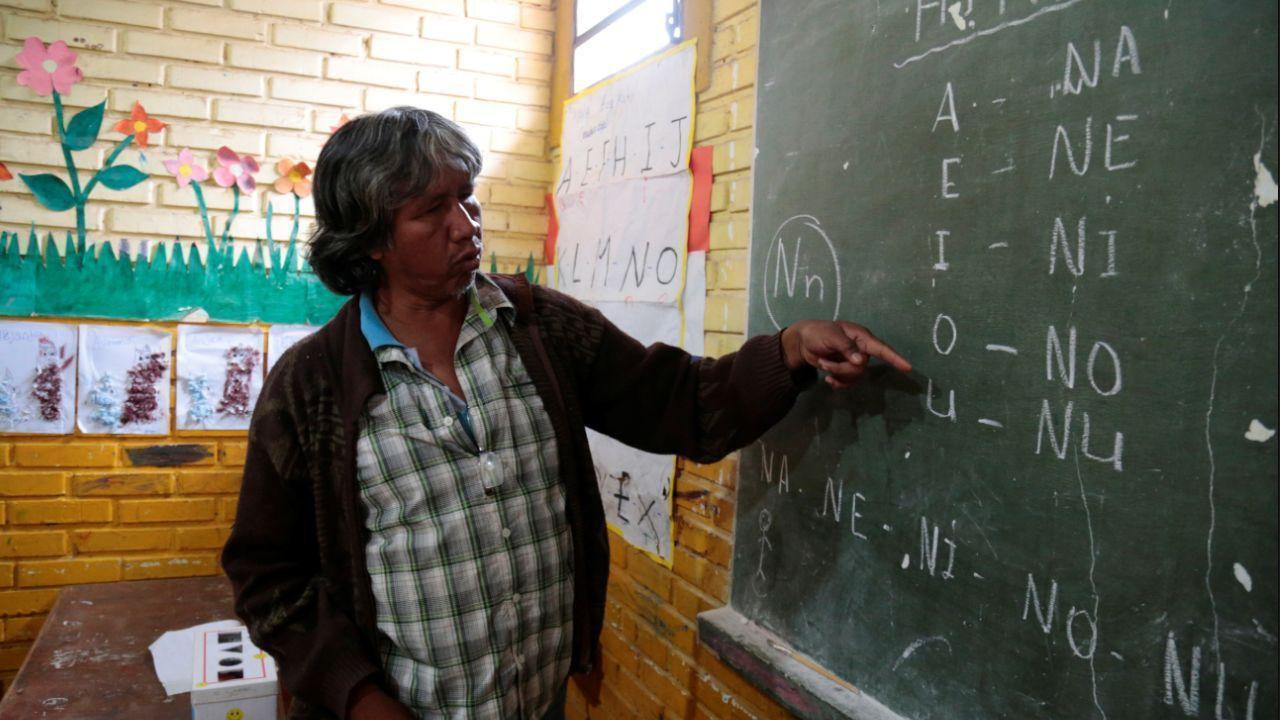
Post by : Priya
Photo:Reuters
In the heart of South America, a quiet revolution is gaining strength. From the Andes mountains to the Amazon rainforest, Indigenous communities are reclaiming their right to speak, teach, and celebrate the languages of their ancestors. These native tongues—once silenced by colonization, modern schooling systems, and government neglect—are now returning to classrooms, radio stations, phone apps, and public life. This is more than just a linguistic movement; it is a cultural awakening.
Today, across Bolivia, Peru, Ecuador, Colombia, Brazil, Chile, and Argentina, Indigenous language revival has become a key issue. Community elders, young students, teachers, and cultural leaders are all playing a part in saving what many feared would be lost forever.
A Long Silence After Colonization
Before the arrival of European colonizers in the 15th and 16th centuries, South America was home to thousands of languages. The Inca Empire used Quechua, the Mapuche spoke Mapudungun, and the Guarani people had their own rich oral traditions. But after colonization, Spanish and Portuguese were enforced as the dominant languages. Indigenous languages were dismissed as backward. In many areas, speaking one's native tongue could lead to punishment, shame, or exclusion.
Over time, this led to a steep decline in the number of people speaking these languages. UNESCO estimates that of the over 500 Indigenous languages once spoken in South America, more than 400 are now endangered. Some are spoken by just a few elderly speakers. Others have already disappeared.
Government Efforts: From Neglect to Support
In recent years, governments across the continent have started to take this crisis seriously. Bolivia, for example, has made significant progress. Its 2009 constitution recognized 36 official languages, including Quechua, Aymara, and Guarani. Public servants are now required to learn at least one Indigenous language. Educational reforms have ensured that children in rural and Indigenous regions are taught in both Spanish and their native language.
Peru’s government has rolled out national plans to protect 47 Indigenous languages. Bilingual schools have been set up in Quechua-speaking areas, and language experts are working with local communities to develop teaching materials and dictionaries.
In Colombia, the Ministry of Education has begun working with Indigenous councils to support mother tongue education in remote regions, many of which are also affected by poverty and conflict. Brazil, with over 150 Indigenous languages still in use, is partnering with linguists to document endangered languages and help communities keep their traditions alive.
Chile and Argentina have launched initiatives to bring languages like Mapudungun and Qom back into public schools. Radio stations in Indigenous areas now broadcast in native languages, and some local governments have begun using Indigenous place names on signs and public buildings.
The Role of Young People
A major driver of this revival is South America’s Indigenous youth. Unlike previous generations, many young people are embracing their heritage with pride. Across social media platforms like YouTube, TikTok, and Instagram, teenagers and young adults are posting videos teaching their language, singing traditional songs, or telling stories in their mother tongue.
In Ecuador, 19-year-old Marisol Lema has become a local star for her Kichwa-language TikTok lessons. “Our language is not just words,” she says. “It’s how we see the world. When I speak Kichwa, I feel connected to my roots.”
In Paraguay, where Guarani is spoken by the majority of the population alongside Spanish, young poets are writing verses in Guarani, while musicians are blending traditional instruments with modern beats to create a new sound that speaks to the past and present.
These efforts are slowly changing attitudes. Where once it was seen as a disadvantage to speak an Indigenous language, it is now becoming a source of pride and identity.
Technology as a Bridge
The digital age has brought new tools to the language revival movement. Mobile apps like Lenguas Vivas in Chile, Yachay in Peru, and Nheengatu+ in Brazil allow users to learn basic vocabulary, pronunciation, and grammar of various Indigenous languages. These apps are often developed by local organizations in partnership with tech developers and linguists.
In remote parts of the Amazon, solar-powered radios are broadcasting stories and lessons in local dialects. Community podcasts are helping elders share traditional knowledge, while WhatsApp groups are being used to organize language classes and cultural workshops.
Social media has also become a space where Indigenous creators educate others and challenge stereotypes. Through videos, art, and language tutorials, they are giving Indigenous languages a new and vibrant public space—one that reaches across borders and generations.
Why Language Matters
Language is not just a tool for communication. It is a vessel of memory, tradition, and worldview. Every Indigenous language carries with it centuries of knowledge—about local ecosystems, healing practices, farming, hunting, and spiritual beliefs. When a language disappears, so does an entire way of understanding the world.
For many Indigenous leaders, language revival is also about land, identity, and rights. In Bolivia, activists argue that speaking Aymara or Quechua helps protect Indigenous land from illegal mining and deforestation. In Colombia, Indigenous groups use their native language in legal arguments to defend their territories.
UNESCO has warned that the world is losing one language every two weeks. In South America, communities are refusing to let that happen quietly.
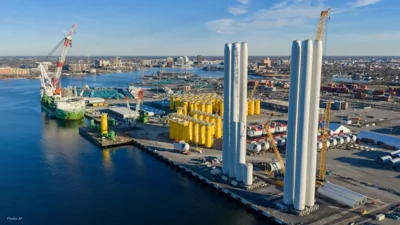


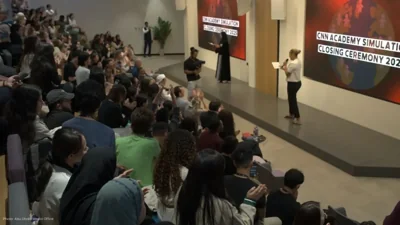




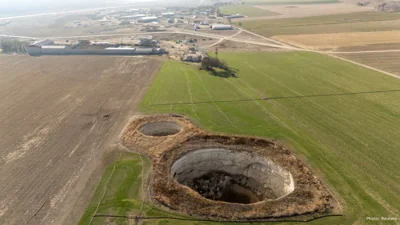

Dhurandhar Surpasses 800 Crore Mark at the Box Office
Ranveer Singh's Dhurandhar rakes in ₹800 crore globally, with the hit song Shararat captivating audi

Kriti Sanon Discusses Her Complex Role in Tere Ishk Mein
Kriti Sanon initially found her role in Tere Ishk Mein negative but grew to understand and appreciat

Release of 130 Students From St Mary’s Catholic School Marks Hopeful Turn in Nigeria
Nigerian authorities announce the release of 130 students from St Mary’s, ensuring no pupil remains
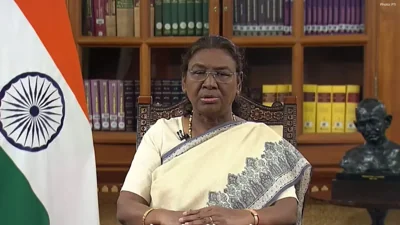
President Murmu Endorses SHANTI Bill to Propel Nuclear Energy Expansion
President Droupadi Murmu endorses the SHANTI Bill, facilitating private sector involvement in nuclea

New Zealand Claims Test Series with Decisive Victory Over West Indies
New Zealand triumphed over West Indies by 323 runs in the final Test, securing a 2-0 series win with
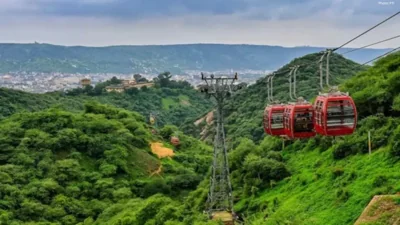
Centre Affirms Protection for Aravalli Hills Amidst Mining Concerns
Government asserts over 90% of Aravalli hills remain protected, dismissing mining concerns as misinf